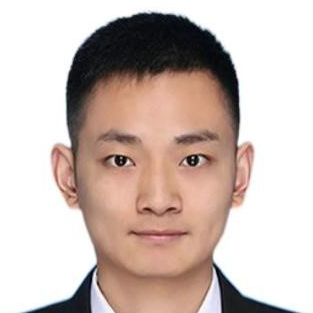Particle–Bubble Interactions in the Flotation Process
A special issue of Minerals (ISSN 2075-163X). This special issue belongs to the section "Mineral Processing and Extractive Metallurgy".
Deadline for manuscript submissions: 31 October 2024 | Viewed by 157
Special Issue Editors
Interests: flotation; turbulence effects; bubble–particle collision
Interests: flotation kinetics; nanobubble; ultrasound cavitation; flotation kinetics; emulsified oily collectors; recycling of spent LIBs
Special Issues, Collections and Topics in MDPI journals
Special Issue Information
Dear Colleagues,
The interaction between particles and bubbles serves as the foundation for the successful implementation of froth flotation in mineral or coal beneficiation. These interactions are intricate physiochemical processes rooted in surface science and hydrodynamics. Initially, the effectiveness of collisions between particles and bubbles hinges on the fluid dynamics within the flow field. After this collision, the hydration film between them diminishes and breaks, giving rise to the rapid formation of a three-phase contact perimeter that swiftly stabilizes. At this juncture, particles adhere to the bubble surface, forming mineralized bubbles. As mineralized bubbles ascend to create a froth zone, the turbulent milieu of the slurry and occurrences like bubble coalescence or rupture may lead to the detachment of particles from the bubble surface.
Advancements in research continually enhance our comprehension of particle–bubble interactions. The swift evolution of testing techniques, such as 3D Particle Image Velocimetry (3D PIV), Atomic Force Microscopy (AFM), and Surface Force Apparatus (SFA), applied in flotation studies has enabled a transition from a macroscopic to a micro-nanoscale examination of these interactions. Furthermore, the utilization of high-speed imaging technology and simulation methods, while considering fluid dynamics, particle properties (size, hydrophobicity, shape, surface roughness, etc.), and bubble properties (size, type, stability), has enabled a deeper understanding of collision, attachment, and detachment phenomena.
Dr. Guichao Wang
Dr. Xiangning Bu
Guest Editors
Manuscript Submission Information
Manuscripts should be submitted online at www.mdpi.com by registering and logging in to this website. Once you are registered, click here to go to the submission form. Manuscripts can be submitted until the deadline. All submissions that pass pre-check are peer-reviewed. Accepted papers will be published continuously in the journal (as soon as accepted) and will be listed together on the special issue website. Research articles, review articles as well as short communications are invited. For planned papers, a title and short abstract (about 100 words) can be sent to the Editorial Office for announcement on this website.
Submitted manuscripts should not have been published previously, nor be under consideration for publication elsewhere (except conference proceedings papers). All manuscripts are thoroughly refereed through a single-blind peer-review process. A guide for authors and other relevant information for submission of manuscripts is available on the Instructions for Authors page. Minerals is an international peer-reviewed open access monthly journal published by MDPI.
Please visit the Instructions for Authors page before submitting a manuscript. The Article Processing Charge (APC) for publication in this open access journal is 2400 CHF (Swiss Francs). Submitted papers should be well formatted and use good English. Authors may use MDPI's English editing service prior to publication or during author revisions.
Keywords
- flotation
- turbulence effects
- bubble–particle collision
- attachment
- detachment






